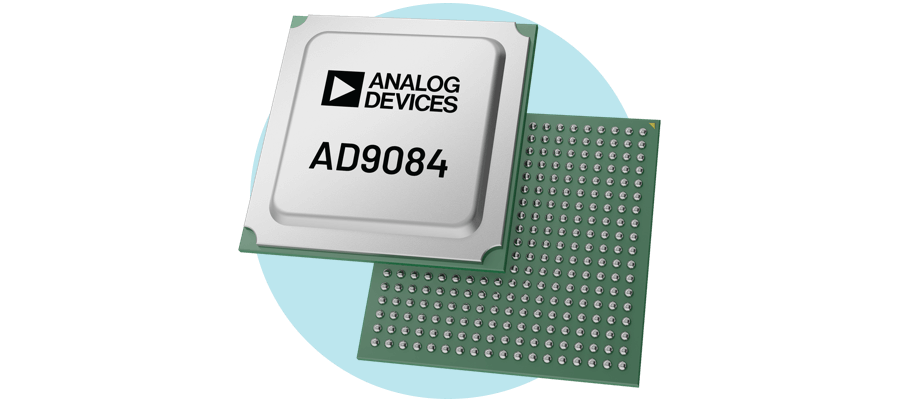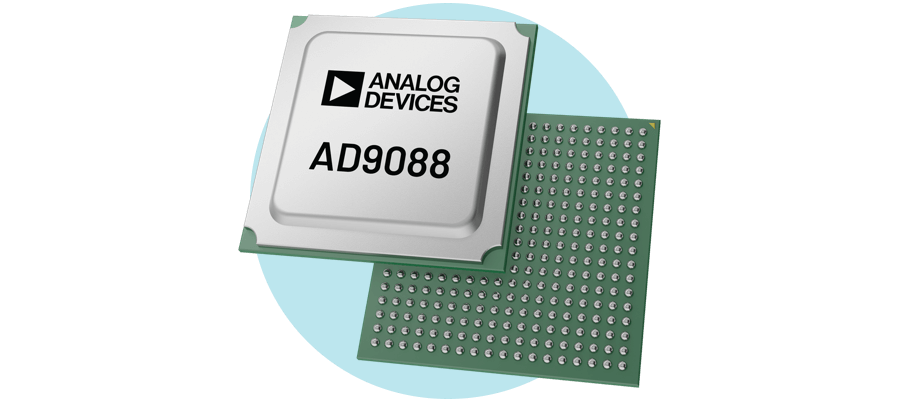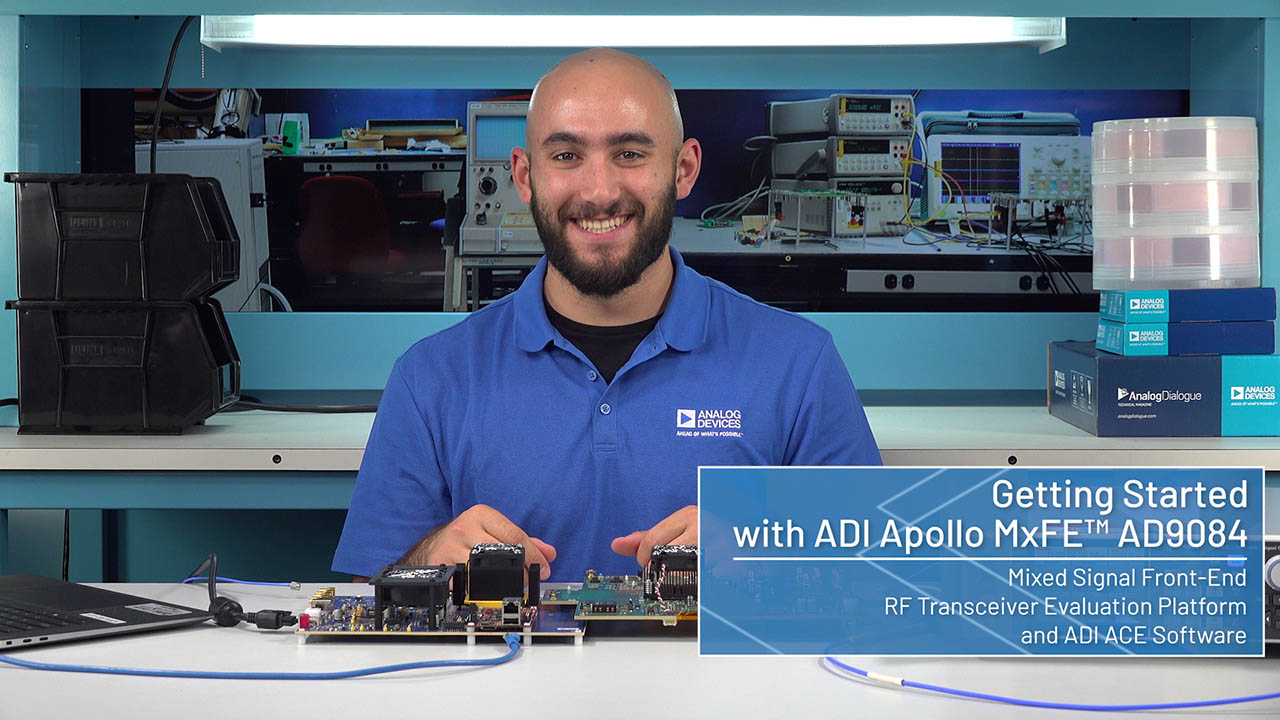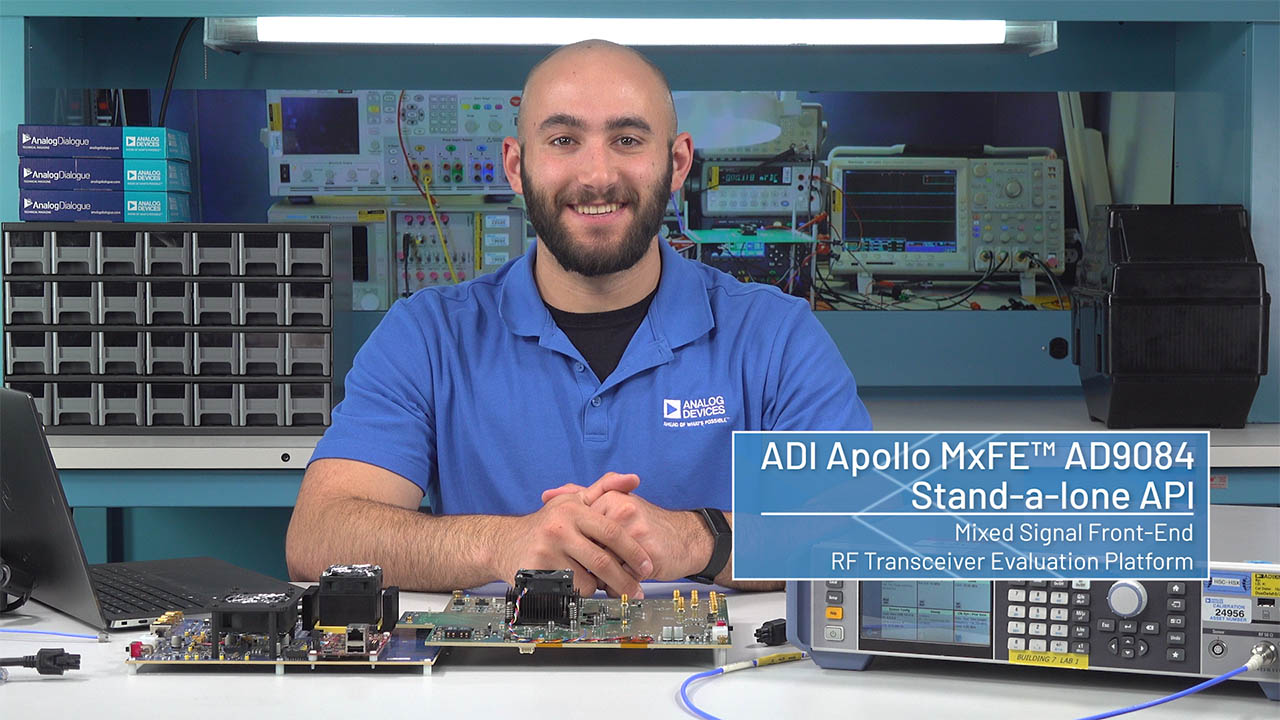Mixed-Signal Front Ends (MxFE)
Introducing Apollo MxFE: Scalable Software-Defined Radio Solution offers Direct RF Sampling to 18 GHz (Ku Band)
Apollo MxFE is a new wideband mixed signal front end platform offering instantaneous bandwidths as high as 10GHz per channel while directly sampling and synthesizing frequencies up to 18GHz (Ku Band). This monolithic 16nm CMOS device utilizes state of the art high dynamic range ADC and DAC cores with the best spurious free dynamic range and noise spectral density available on the market today.
Apollo MxFE is available as a 4 channel transmit and receive (4T4R) with an ADC/DAC sample rate of 20GSPS/28GSPS or an 8 channel transmit and receive (8T8R) with an ADC/DAC sample rate of 8GSPS/16GSPS respectively. FPGA compute can be offloaded to Apollo MxFE’s on-chip digital signal processing (DSP) saving size, weight, power and cost. The DSP is all dynamically reconfigurable without requiring recalibration, offering a highly flexible platform to enable break-through innovations in aerospace and defense, instrumentation, and communications.
To learn more, check out our press release and AD9084 / AD9088 product pages.
ADI's mixed-signal front end (MxFE) family offers a highly integrated device with four 16-bit, 12 GSPS RF digital-to-analog converter (DAC) cores, and either two 12-bit 6 GSPS or four 12-bit, 4 GSPS, RF analog-to-digital converter (ADC) cores.


High-Speed Signal Processing Brochure
Unlocking more of the frequency spectrum also unlocks next-gen system capabilities and features—and, in a progressively congested frequency spectrum, is a necessary next step to ensure system designers can continue to meet growing bandwidth demands. Discover fully integrated MxFE devices with DSP and other next-gen solutions in the High-Speed Signal Processing brochure.
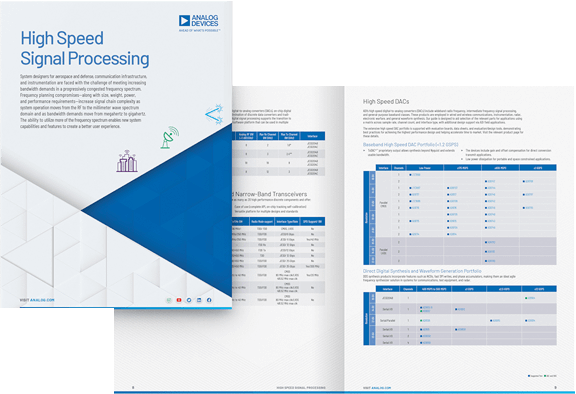
IMS: First Eyes on ADI’s New Wideband MxFE Platform
ADI’s latest wideband MxFE platform provides direct RF sampling with applications in phased array RADAR, communications infrastructure, electronic warfare, and instrumentation. Join ADI’s MicroApps session at 11:00 AM Tuesday for a first look, and be sure to check our full IMS schedule for other exciting presentations and demos.

Existing MxFE Portfolio: Simple, Scalable, Efficient
The MxFE platform of products tackles challenges with direct RF sampling and very wide channel bandwidth, all software defined, for a simple, scalable, efficient, and future-proof solution.

Block diagram of the AD9081
The green block: Highlights the on-chip DSP including a programmable FIR filter and course/fine decimation filters on the receive path and course/fine interpolation filters on the transmit path.
The orange block: Shows the AD9081 offering four ADC channels at 4 GSPS and four DAC channels at 12 GSPS.
MxFE Key Features and Benefits
Integration of RF-Sampling Converters and DSP Blocks
MxFE integrates multiple GSPS ADCs and DACs combined with on-chip DSP to allow for a simpler RF front end and smaller FPGA reducing overall system size, complexity, weight, power, and cost.
Wide Bandwidth and High Dynamic Range
With an analog input bandwidth of 7.5 GHz, instantaneous bandwidth up to 4.8 GHz, and a spurious-free dynamic range of −70 dBc, MxFE offers true ultra-wide bandwidth performance.
Complete Software-Defined Radio Solution
MxFE is a highly configurable software-defined radio platform capable of supporting multiple product development programs through a common HW/SW platform, reducing time to market and future-proofing your designs.
Featured Products
Digital Simulation Models
Get a jump start on your development with Analog Devices digital simulation models. From DSP performance to frequency planning to optimizing your RF front-end signal chain, these simulation models will shorten your development time and accelerate your time to revenue.
MATLAB Model
Develop a draft frequency plan by modeling the performance of the on-chip DSP, harmonics, and external filtering needs.
IBIS/AMI Model
The IBIS Algorithmic Modeling Interface (IBIS-AMI) is a modeling standard for SERDES PHYs that enables fast, accurate, statistically significant simulation of multigigabit serial links.
Thermal Models
A Delphi model that accurately predicts the temperature of the package at a few critical points: junction, case, and leads.
S-Parameter Model
Scattering (S) parameters are used to model the matching networks for the ADC inputs, DAC outputs, and clock interface inputs to the MxFE. This helps users optimize their RF front-end signal chains to suit the frequency range of interest.
Product Evaluation
Analog Devices evaluation kits provide all of the hardware and software required to easily evaluate the incredible configurability and performance of the MxFE.
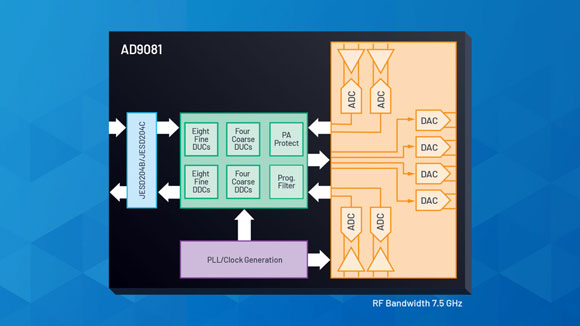
Unboxing and Evaluation Setup
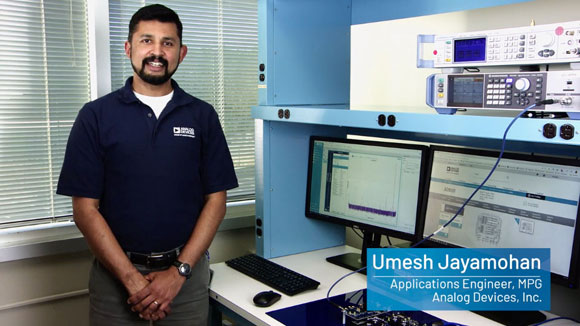
Installing the Fan Sink on MxFE Evaluation Boards
MxFE Evaluation Platform Demonstration Video Series
In this series, watch step-by-step tutorials on how to evaluate MxFE using ACE, DPG Lite, and Analog Devices' APIs. The first video walks through how to initialize the hardware using ACE or DPG Lite. In video two, a use case example is shown using ACE. The final two videos in the series show a use case example and creating a custom use case with Analog Devices' APIs.
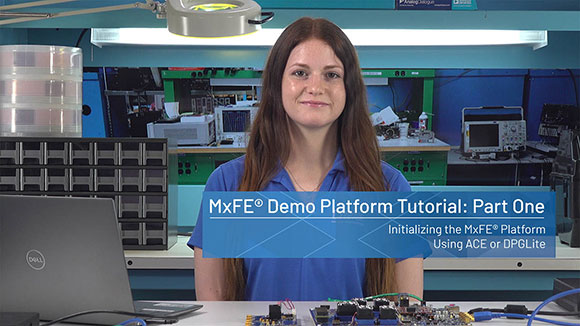
Hardware Requirements
To evaluate MxFE, you will need an MxFE evaluation board (part specific) and either the ADS8-V3EBZ or ADS9-V2EBZ FPGA controller board. These boards easily connect via FMC and can be brought up quickly and simply with our API/ACE software toolset.
MxFE Evaluation Boards
FPGA Controller Boards
API Device Drivers
Application Programming Interface (API) C code device drivers allow the user to quickly configure the MxFE evaluation board using high-level function calls.
ACE Plug-In
Analysis/Control/Evaluation (ACE) software works in conjunction with API to allow for the evaluation and control of MxFE through device specific plug-ins.
JESD204B/JESD204C IP Framework
Analog Devices’ JESD204 Interface Framework is a system-level software and HDL package targeted at simplifying system development by providing a performance optimized IP framework that integrates complex hardware such as high speed converters, transceivers, and clocks with various FPGA platforms.
Prototyping
Analog Devices and our Alliances members provide MxFE reference designs to enable rapid evaluation and system-level prototyping to significantly shorten your time to revenue.
Single MxFE HDL Reference Design by Analog Devices
The AD9081-FMCA-EBZ reference design is a processor-based (e.g., MicroBlaze) embedded system. The design consists of a receive and a transmit chain and supports the following Xilinx® FPGA carriers: ZCU102, ZC706, and VCU118.
Quad MxFE HDL Reference Design
The AD-QUADMXFE1-EBZ reference design is a processor-based (e.g. Microblaze) embedded system. The design consists of a receive and a transmit chain.
Delphi Engineering Single MxFE FMC Module ADF-QMx44
The ADF-QMX44 is a VITA 57.1-2019-compliant FPGA mezzanine card (FMC) that leverages ADI’s AD9081 4T/4R MxFE and offers industry-wide platform compatibility with Xilinx UltraScale and UltraScale+ FPGA carrier boards, including DEG’s performance-leading PCI Express and 3U Open VPX carrier products.
Annapolis Microwave Dual MxFE WWQM60
This high performance WILD FMC+ QM60 ADC and DAC has four input bandwidth options, internal sample clock options, and internal 10 MHz reference clock options. This card allows for eight ADC and 12 DAC channels in one 6U OpenVPX slot (or four ADC and six DAC channels for 3U) when plugged into WILDSTAR OpenVPX FPGA mainboards. The QM60 also has speed grades up to 6 GSPS (ADC) and 12 GSPS (DAC) with a resolution of 12 bits (ADC) and 16 bits (DAC).
Featured Technical Articles
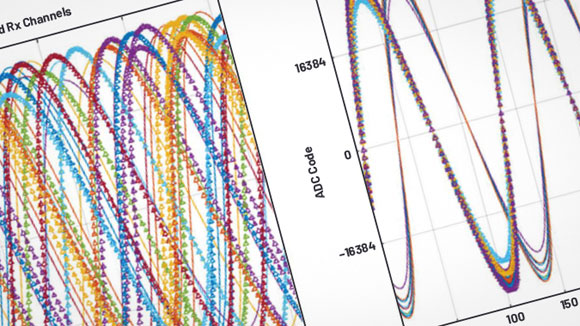
Considering GSPS ADCs in RF Systems
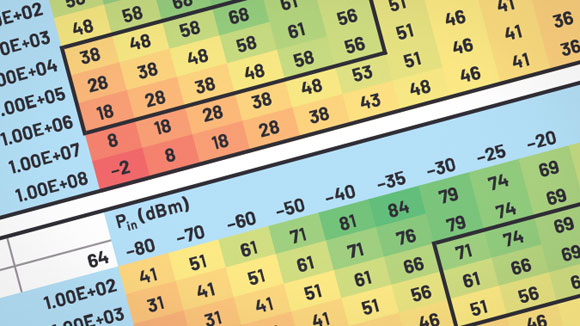
SFDR Considerations in Multi-Octave Wideband Digital Receivers
Over the coming years, high sample rate analog-to-digital converter (ADC) and digital-to-analog converter (DAC) technology will usher in a wideband digital receiver architectural evolution.
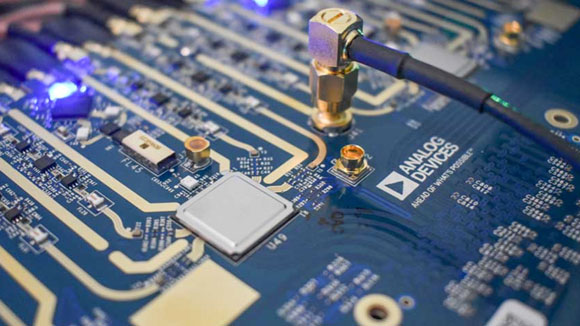
Using Multichip Synchronization in Integrated Wideband DACs and ADCs
The integration of multiple DSP blocks, wideband DACs, and wideband ADCs within a single monolithic chip is now enabling the offload of power-hungry FPGA resources.
Latest Resources
Videos
- NEW ADI @ IMS 2023
- NEW Accelerate Design Cycles, Reduce Costs, and Future-Proof Designs with Apollo MxFE™
- Fast-Frequency Hopping Using Quad-MxFE Phased Array Platform
- MxFE Evaluation Platform Demonstration Series SERIES
- Instrument Grade Millimeter Wave Signal Chain
Technical Articles
- NEW How to Select the Best ADC for Radar Phased Array Applications—Part 1
- Hybrid Beamforming Transmit Calibration with SFDR Optimization
- Easy Digital Filter Applications for Not-So-Easy RF System Designs
-
A Better Way to Prototype RF Designs, Using X-Microwave
Analog Dialogue
-
High IF Sampling Puts Wideband Software-Defined Radio Within Reach
Analog Dialogue
